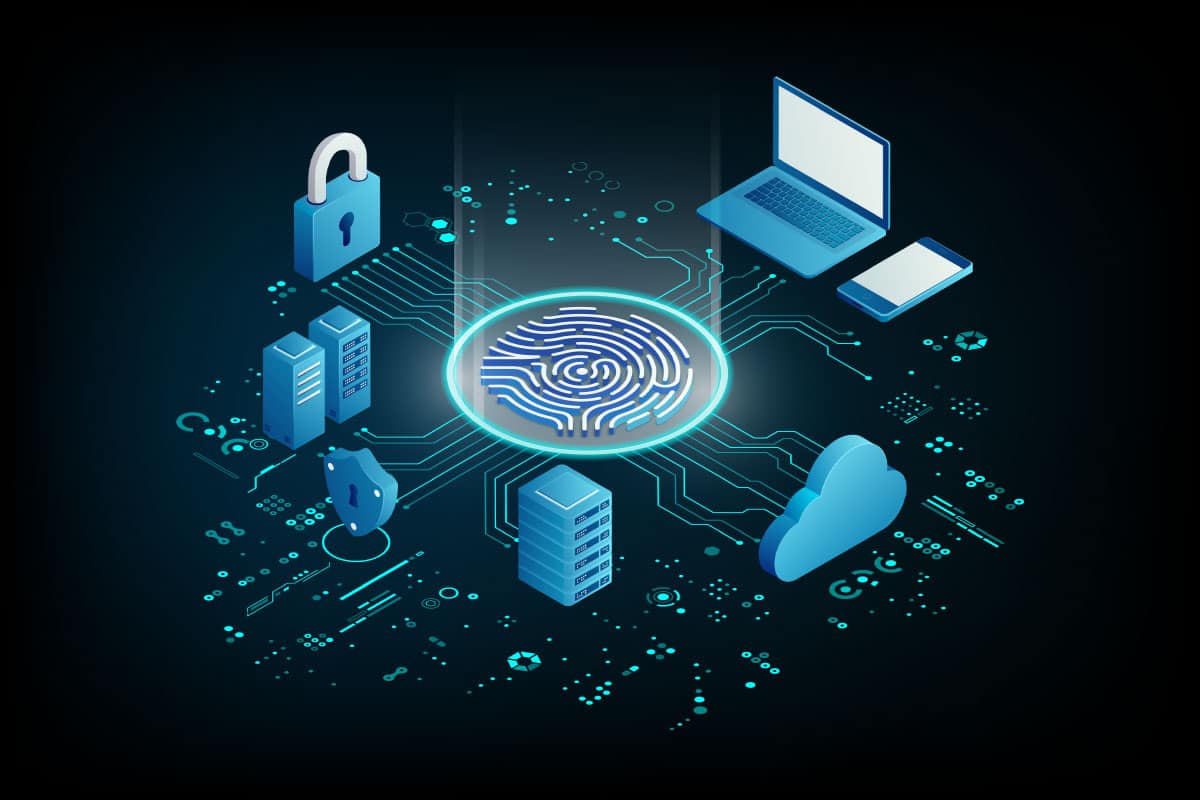Introduction
The Internet of Things (IoT) has moved from being a futuristic concept to a practical part of daily life. Homes, businesses, and entire industries rely on connected devices for convenience, efficiency, and innovation. From smart refrigerators to industrial robots, the number of IoT devices has grown exponentially, with billions expected to be active worldwide in 2025.
This growth comes with significant risks. Every connected device represents an entry point for cybercriminals, making the attack surface broader than ever. Cyberattacks no longer target just desktops or servers-they now exploit smart gadgets, medical equipment, and industrial sensors. The rapid adoption of IoT has created an urgent need for stronger protection. The year 2025 is shaping up to be a pivotal moment, as businesses and governments recognize the importance of securing IoT ecosystems before vulnerabilities spiral out of control.
Understanding IoT Security Basics
IoT security refers to the practices, technologies, and strategies designed to safeguard connected devices and the networks they rely on. These devices range from everyday consumer gadgets like smart thermostats and wearable fitness trackers to critical systems such as hospital monitors and industrial machinery. Unlike traditional IT systems, IoT devices often have limited computing power, making it harder to integrate advanced defenses.
The risks of IoT are unique. Devices may ship with weak default passwords, outdated firmware, or no capability for regular patching. Attackers can exploit these weaknesses to gain unauthorized access, steal data, or disrupt operations. Understanding these basic challenges is essential for appreciating why IoT requires a tailored approach to security.
The State of IoT Security Today
The current state of IoT security highlights both progress and persistent vulnerabilities. Many devices still operate with weak passwords and unpatched software, leaving them open to exploitation. Botnets like Mirai demonstrated how insecure IoT devices can be hijacked and weaponized to launch massive Distributed Denial-of-Service (DDoS) attacks.
Low-cost devices add another layer of concern. Manufacturers often prioritize affordability and speed-to-market over long-term security, creating an ecosystem where vulnerabilities are widespread. Supply chains can also introduce risks, as components from different vendors may lack standardized protections.
In this environment, businesses are turning to specialized defenses. An explanation of an Internet of Things security strategy reveals how organizations can protect their networks, data, and users by integrating device hardening, monitoring, and policy enforcement. These solutions form the backbone of modern IoT resilience.
Emerging IoT Security Challenges in 2025
By 2025, attackers are expected to leverage artificial intelligence to launch highly adaptive and automated campaigns against IoT devices. Edge computing and widespread 5G connectivity will make IoT faster and more powerful, but these advances also increase the avenues for attack.
Critical industries such as healthcare, energy, and manufacturing face heightened risks. For instance, a compromised insulin pump or smart grid system could have catastrophic consequences. Privacy concerns are also rising, as IoT devices increasingly gather sensitive behavioral and personal data, from shopping habits to biometric information.
Key Innovations Shaping IoT Security in 2025
Despite the challenges, innovation is reshaping how IoT systems are defended. Zero Trust security models are being adopted to ensure that no device or user is trusted by default. Artificial intelligence and machine learning provide real-time anomaly detection, spotting unusual behavior before it escalates into an attack.
Blockchain technology is being explored to create decentralized authentication systems, ensuring that only verified devices can communicate. Meanwhile, researchers are preparing for the quantum era by developing encryption methods that can withstand future cryptographic threats. Together, these advancements are redefining the landscape of IoT security.
Industry-Specific Applications of IoT Security
Different industries are implementing IoT security in ways that reflect their unique risks. Healthcare organizations use it to safeguard medical devices and protect sensitive patient data in telehealth systems. Manufacturers rely on it to secure industrial IoT networks and prevent disruptions in production lines.
Smart cities, which depend on connected infrastructure such as traffic sensors and surveillance cameras, face the challenge of defending vast public systems from tampering. In retail, IoT is increasingly tied to point-of-sale systems and consumer behavior tracking, making security essential for both operational continuity and customer trust.
The Role of Regulations and Standards
Governments and regulatory bodies are pushing for stronger IoT protections. Frameworks such as GDPR in Europe, HIPAA in the United States healthcare sector, and NIST guidelines are evolving to address IoT-specific risks. Global cooperation is vital, as IoT devices cross borders and connect worldwide.
Industry-driven initiatives are also setting minimum standards for IoT device security, encouraging manufacturers to adopt secure-by-design practices. These efforts are crucial in ensuring that security is built into IoT ecosystems rather than treated as an afterthought.
Best Practices for Strengthening IoT Security in 2025
To strengthen IoT defenses, organizations and individuals must adopt layered approaches. Strong authentication methods, such as unique credentials and multi-factor authentication, are essential. Regular firmware updates and patching reduce the risks of known vulnerabilities.
Network segmentation prevents compromised devices from accessing critical systems. Continuous monitoring powered by threat intelligence ensures real-time visibility into suspicious behavior. Perhaps most importantly, user education is key. Employees and consumers alike must learn how to use IoT securely, from avoiding default passwords to recognizing warning signs of compromise.
The Future Outlook for IoT Security
Looking ahead, IoT security will become increasingly autonomous. Self-healing systems capable of detecting and fixing vulnerabilities without human intervention are on the horizon. Cloud-native and edge-based defenses will provide scalable solutions as IoT adoption continues to expand.
The future also depends on collaboration. Device manufacturers, regulators, businesses, and consumers must work together to establish trust and resilience. Only through combined effort can IoT deliver on its promise without exposing society to unacceptable risks.
Conclusion
The rise of IoT brings both remarkable opportunities and serious challenges. As billions of devices connect in 2025 and beyond, the importance of IoT security will only grow. Businesses and individuals must take a proactive approach, adopting new technologies, aligning with regulations, and fostering a culture of security awareness.
Securing IoT devices is no longer optional. It is the foundation of safe digital growth and the key to ensuring trust in a connected future.
FAQs
- What are the biggest IoT security risks in 2025?
The main risks include AI-driven attacks, privacy violations from data collection, exploitation of 5G-enabled devices, and weaknesses in supply chains. These threats affect both consumers and enterprises.
- How can businesses secure their IoT devices?
They should adopt Zero Trust frameworks, enforce multi-factor authentication, regularly patch devices, and segment networks. Businesses also benefit from global threat intelligence and advanced monitoring systems like those described by the Cybersecurity & Infrastructure Security Agency (CISA).
- Why does IoT security matter for everyday users?
Everyday devices such as smart speakers, fitness trackers, or connected cars store personal data. Without proper protection, this information can be stolen or misused. Strong IoT security ensures privacy and safety.







